[ENG]
After a series of three entries showing how interesting and diverse the individual greenhouses in the Kew Botanical Garden are, it's time for the last entry about what we can see outside in the gardens, and there is a lot there, and on a really large area of 121 hectares. 1,100 employees work every day to keep this entire complex in order, most of them are gardeners, but there are also botanists and scientists.
Kew Botanical Gardens had its formal beginnings in 1759, although it should be noted that the first gardens there were already in 1299 and these were gardens surrounding royal residences. It is worth noting that only 5 trees have survived since the establishment of the botanical garden. These trees are called the "Five Lions" and are: ginkgo tree (Ginkgo biloba), pagoda tree (Styphnolobium japonicum), oriental plane (Platanus orientalis), black locust (Robinia pseudoacacia) and Caucasian elm (Zelkova carpinifolia). There would be more of these trees dating back to ancient times if it were not for the tragic storm of 1987, when a gusty wind knocked down hundreds of trees throughout the garden.
[PL]
Po serii trzech wpisów pokazujących jak ciekawe i różnorodne są poszczególne szklarnie w ogrodzie botanicznym Kew przyszła pora na ostatni wpis dotyczący tego co w ogrodach możemy zobaczyć na zewnątrz, a jest tam naprawdę dużo, i to na naprawdę dużym bo wynoszącym aż 121 hektarów obszarze. Nad tym aby utrzymać cały ten ogromny kompleks w porządku pracuje codziennie 1100 pracowników, z czego większość to ogrodnicy, ale są tam także botanicy i naukowcy.
Ogród botaniczny Kew swój formalny początek miał w roku 1759, chociaż trzeba zauważyć, że pierwsze ogrody w tym miejscu rosły już w roku 1299 i były to ogrody otaczające rezydencje królewskie. Warto zauważyć, że z czasów założenia ogrodu botaniczenego do dzisiaj przetrwało zaledwie 5 drzew. Te drzewa nazywane są jako „Pięć Lwów” i są to: miłorzębu japońskiego (Ginkgo biloba), drzewa pagodowego (Styphnolobium japonicum), płaszczyzny orientalnej ( Platanus orientalis), robinia akacjowa (Robinia pseudoacacia) i wiąz kaukaski (Zelkova carpinifolia). Tych drzew sięgających swoją historią najdawniejszych czasów byłoby więcej gdyby nie tragiczna w skutkach burza z roku 1987 kiedy to porywisty wiatr powalił setki drzew w całym ogrodzie.
[ENG]
I would mention two places that are particularly worth visiting. The first is the redwood alley. Yes, they are not as impressive as those in California, but they also make a huge impression. And the second one is the main promenade connecting the Palm House with the Orangery. This entire alley, approximately 400 meters long, is lined with exceptionally beautiful flower arrangements on both sides. They are so beautiful that they made a great impression even on me, who is a complete ignorant in this matter.
We spent probably half a day walking around Kew Botanical Gardens, and we still didn't manage to see all the places worth visiting. One of such places is a walkway in the treetops, i.e. a 200-meter-long platform suspended at a height of 18 meters above ground level. The platform is made of a transparent steel grid so you can see what is hidden under your feet. To make the walk more exciting, the footbridge was built in such a way that it gently sways in the wind.
In the Kew Botanical Garden we can admire literally every stage of plant life, but few people know that there you can also observe what happens to the plant after its death. In a corner of the garden that is inaccessible to visitors, there is a compost bin where dead plant parts are deposited. This is not just any composter, because the heap there is the largest compost heap in Europe. The vast majority of this valuable fertilizer produced in Kew Garden is used on site, but sometimes it happens that on holidays, when there are some available surpluses, it is packed in bags and put up at auctions, the funds from which are supposed to support the budget of the botanical gardens. It is true that the heap is in a place inaccessible to visitors and this is quite logical, but the authorities of the botanical garden made a nod to curious tourists and created a special wooden platform from which you can view the largest rotting heap in Europe.
The uniqueness of this place is best demonstrated by the fact that each year Kew Gardens is visited by nearly 1.5 million people, and since 2003 the botanical garden has been included on the UNESCO World Heritage List.
[PL]
Z miejsc szczególnie wartych odwiedzenia wymieniłbym głownie dwie. Pierwsza to aleja sekwoi. Owszem nie są tak okazałe jak te w Kalifornii, ale również robią ogromne wrażenie. A drugie to główny deptak łączący Palmiarnię w Oranżerią. Cała ta alejka o długości około 400 metrów obsadzona jest po obu stronach niezwykłej urody kompozycjami kwietnymi. Są one tak piękne, że nawet na mnie osobie, która jest kompletnym ignorantem w tej kwestii robiły duże wrażenie.
Chodząc po ogrodzie botanicznym Kew spędziliśmy chyba pół dnia, a i tak nie udało nam się zobaczyć wszystkich miejsc wartych odwiedzenia. Jednym z takich miejsc jest chodnik w koronach drzew, czyli podest o długości 200 metrów zawieszony na wysokości 18 metrów nad poziomem terenu. Podest wykonany jest z przeziernej kratki stalowej przez co można zobaczyć to co kryje się pod naszymi stopami. Aby spacer był bardziej emocjonujący kładka została zbudowana w taki sposób, że delikatnie kołysze się na wietrze.
W ogrodzie botanicznym Kew możemy podziwiać dosłownie każdy etap życia roślin, ale mało kto wie, że można tam obserwować także to co dzieje się z roślina po jej śmierci. W niedostępnym dla zwiedzających zakątku ogrodu znajduje się kompostownik, gdzie składane są martwe części roślin. Nie jest to byle jaki kompostownik, bo znajdująca się tam hałda jest największą hałda kompostu w Europie. Ten cenny nawóz produkowany w Kew Garden w zdecydowanej większości jest zużywany na miejscu, ale czasami zdarza się, że od święta gdy pojawiają się jakieś dostępne nadwyżki to wówczas jest on pakowany w worki i wystawiany na aukcjach z których środki maja zasilać budżet ogrodów botanicznych. Co prawda hałda jest w miejscu niedostępnym dla zwiedzających i jest to dość logiczne, ale władze ogrodu botanicznego wykonały ukłon w stronę ciekawskich turystów i stworzono specjalną drewniana platformę, z której można podejrzeć tą największą w Europie gnijącą hałdę.
O wyjątkowości tego miejsca najlepiej świadczy to, że każdego roku Kew Gardens jest odwiedzane przez blisko 1,5 miliona osób, a od roku 2003 ogród botaniczny jest wpisany na Listę światowego dziedzictwa UNESCO.

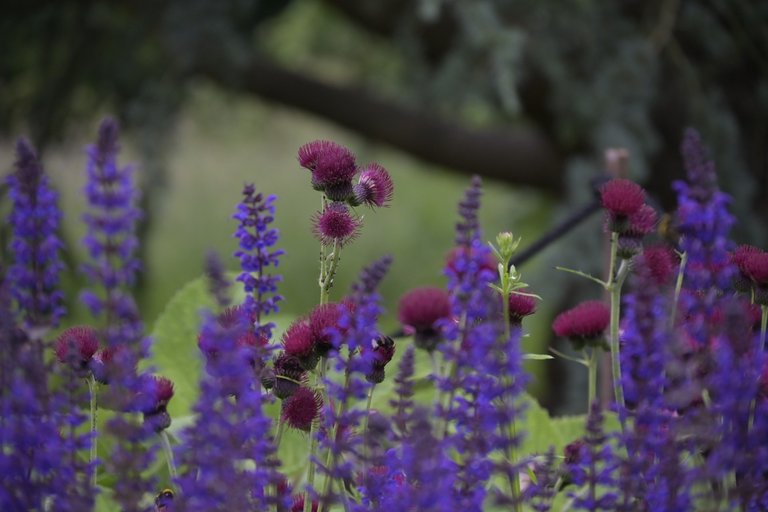
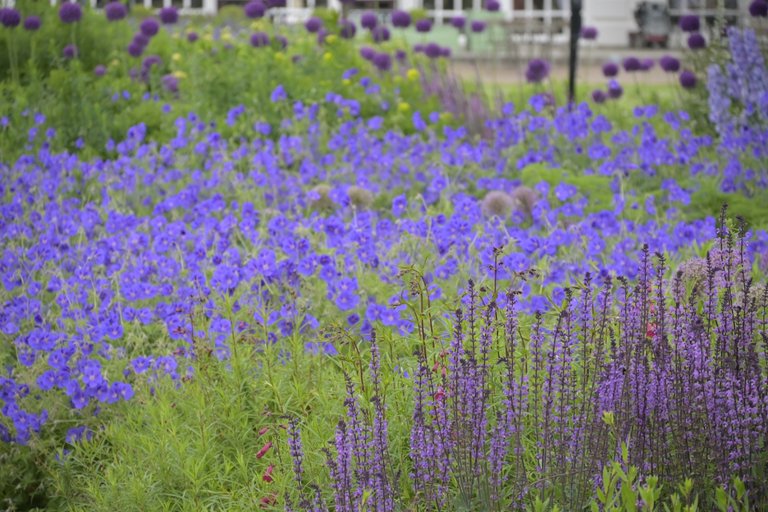

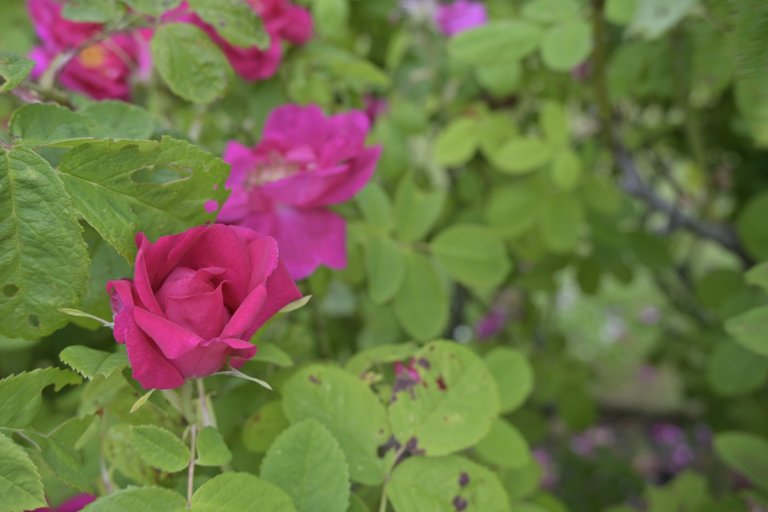
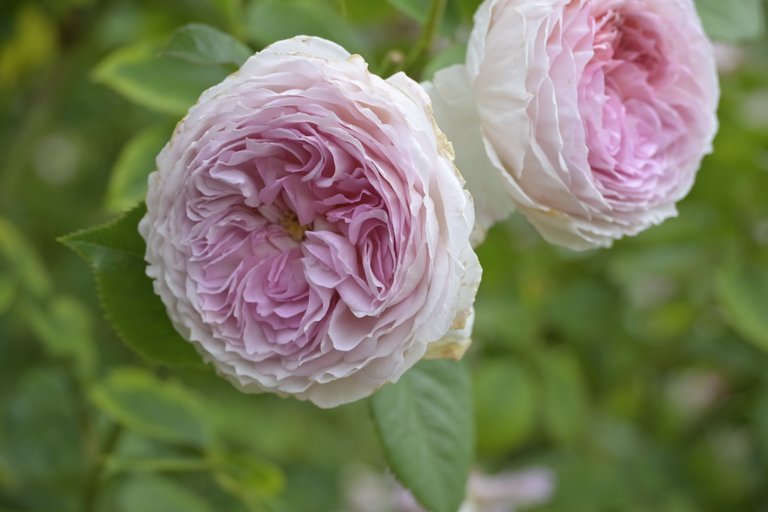
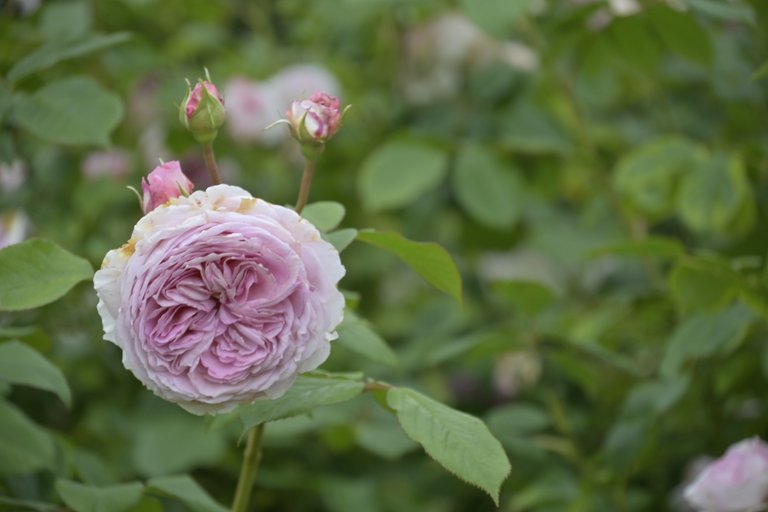
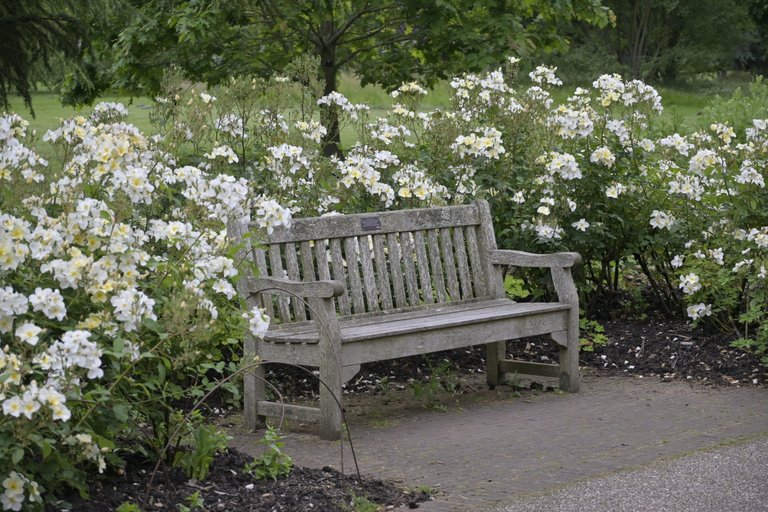
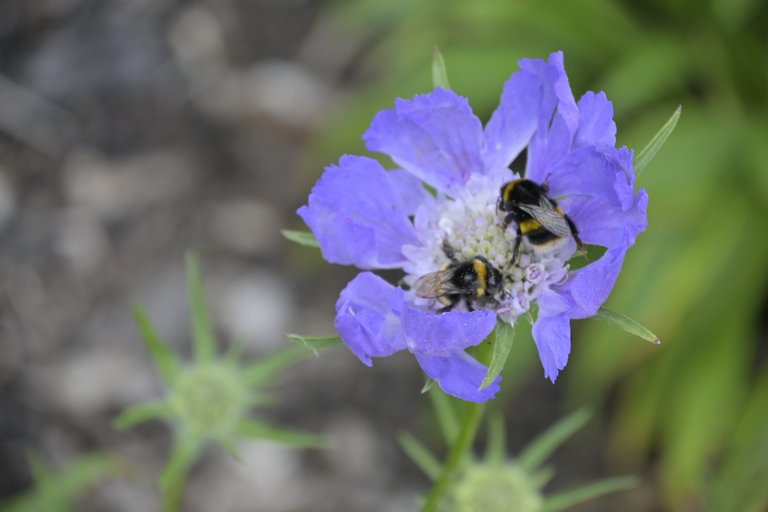
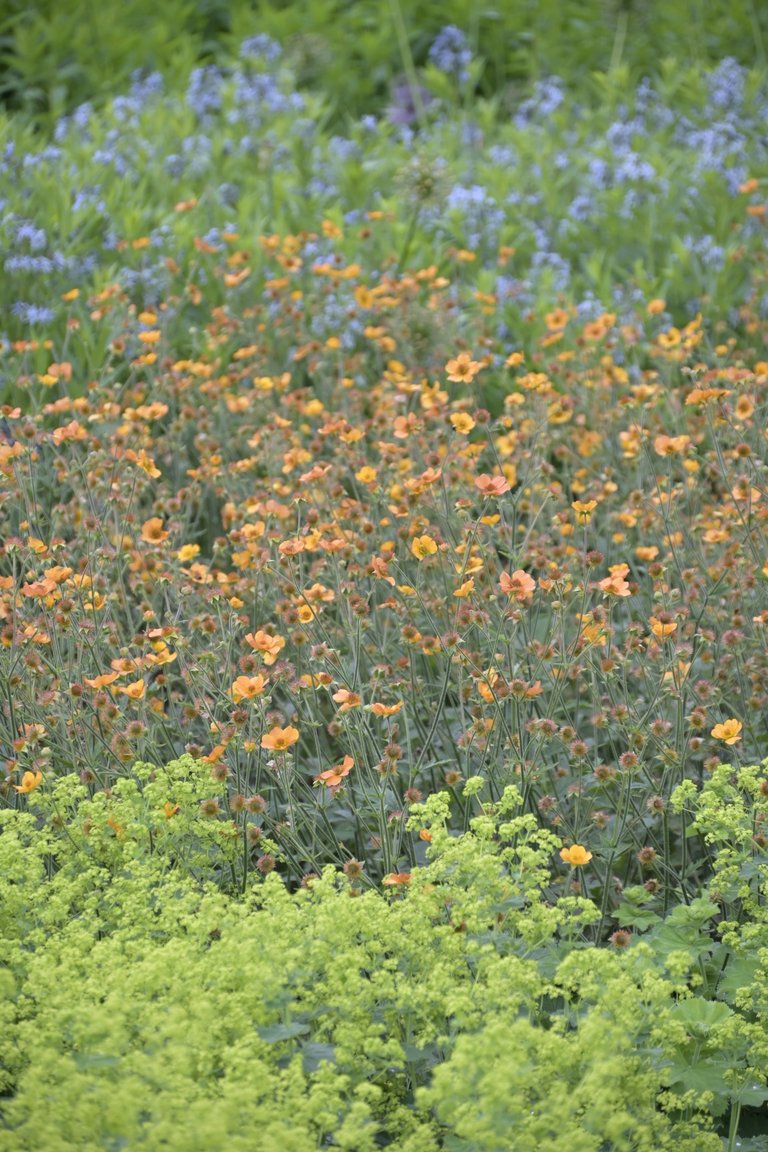

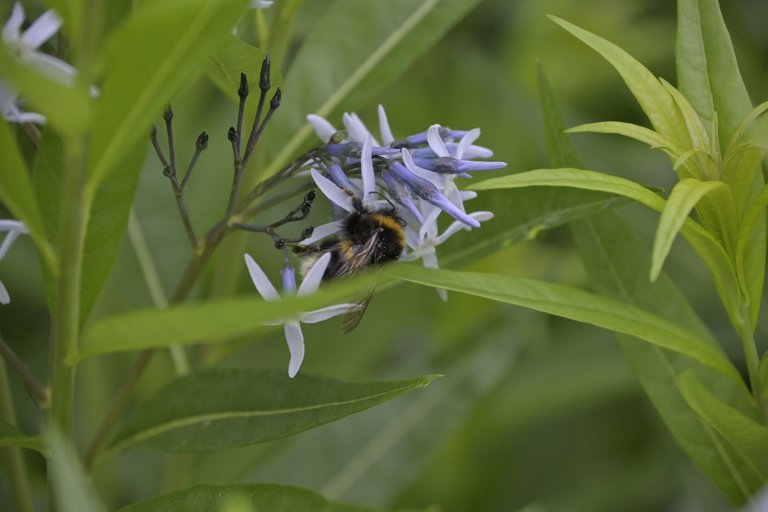
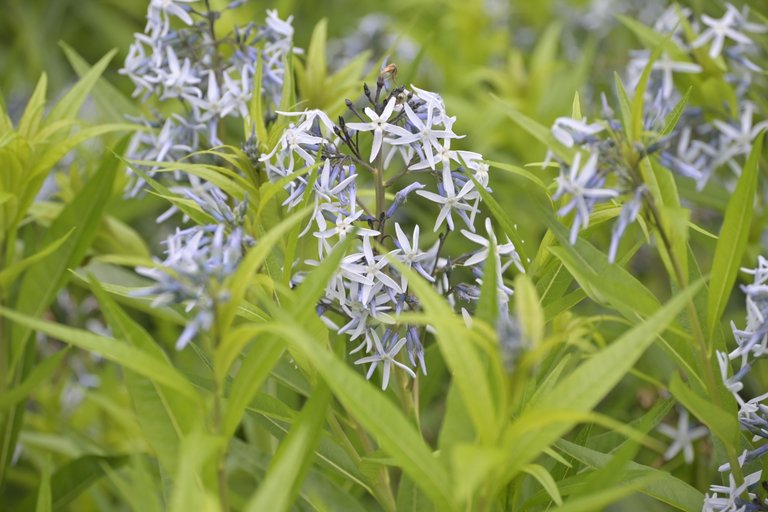
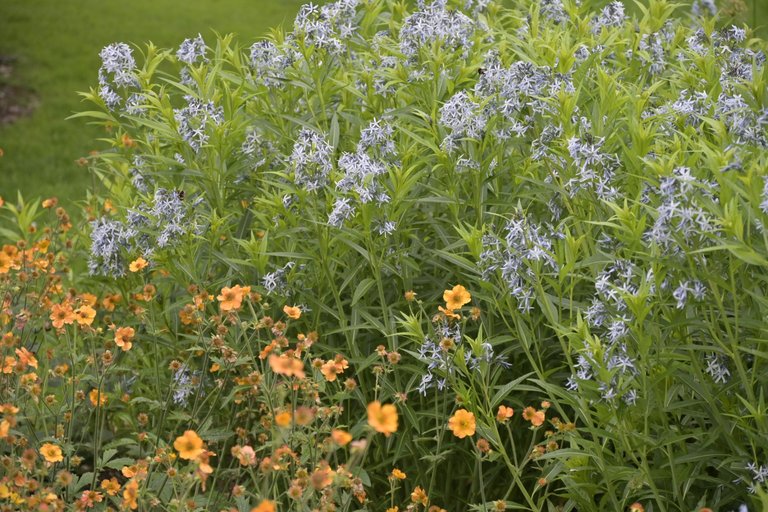
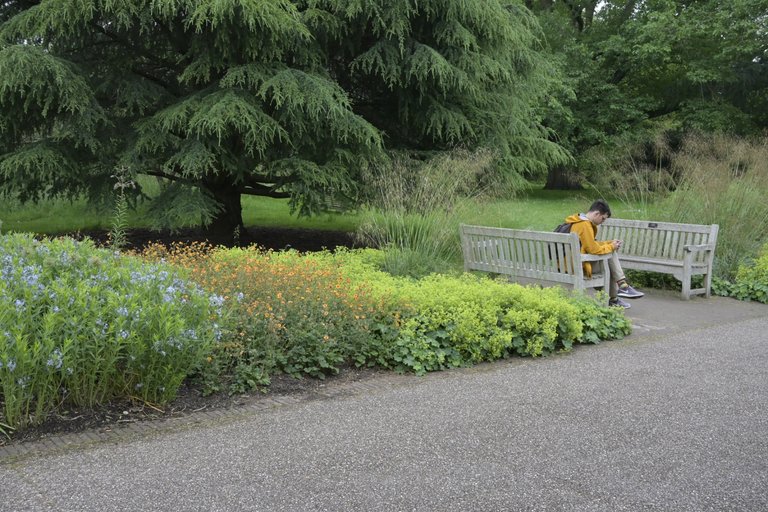
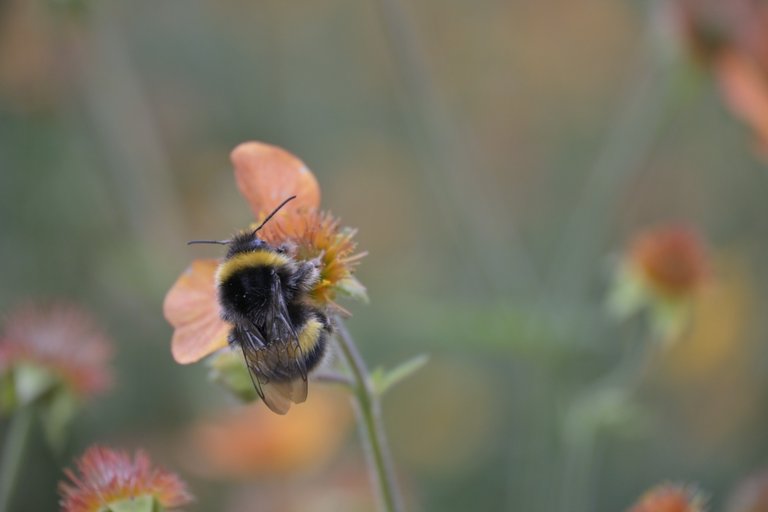

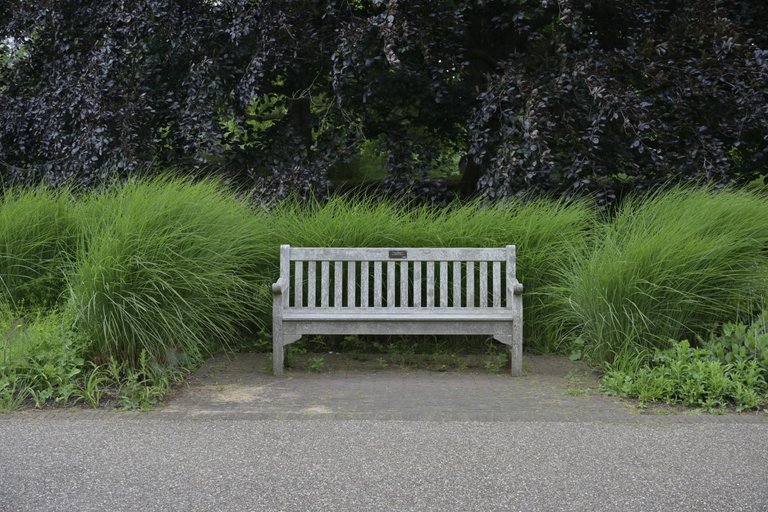


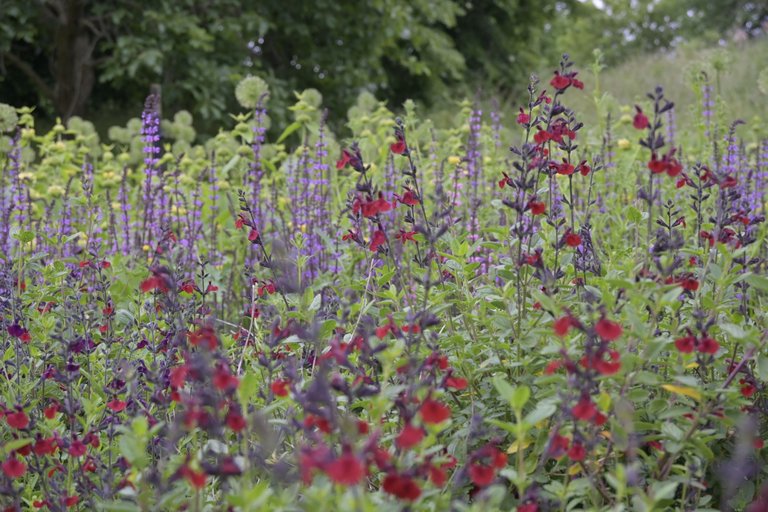
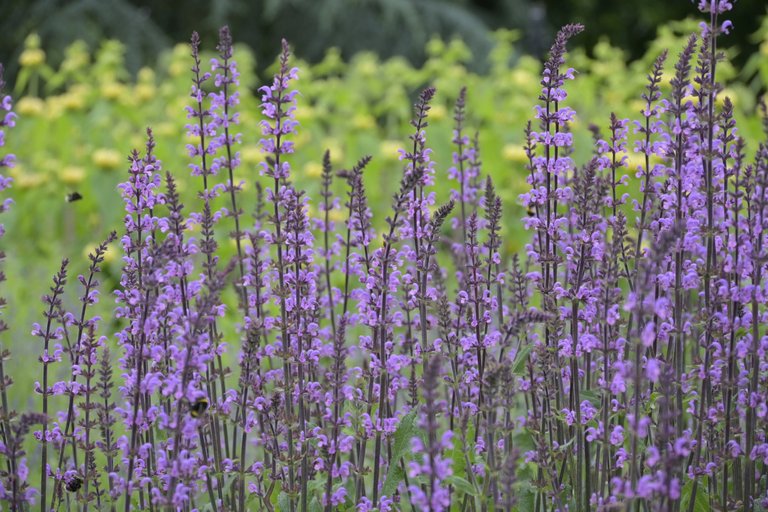
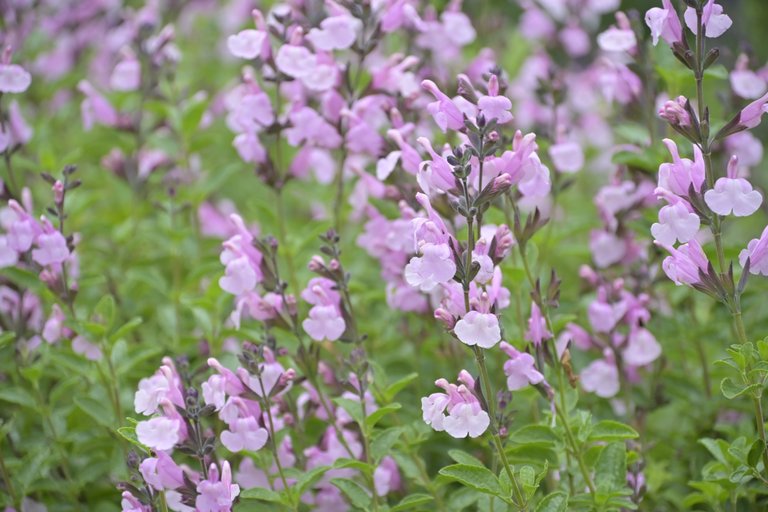
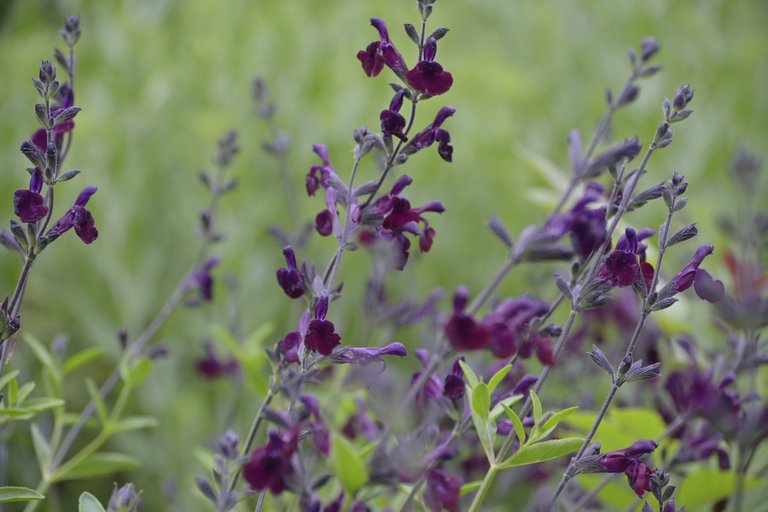
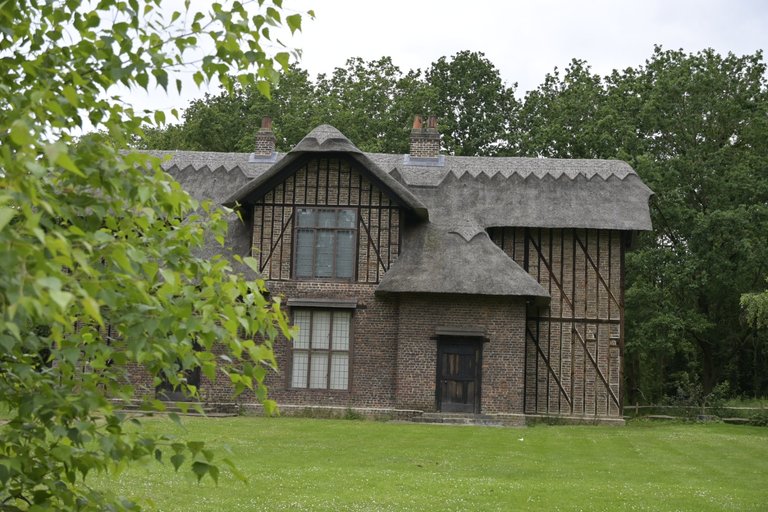
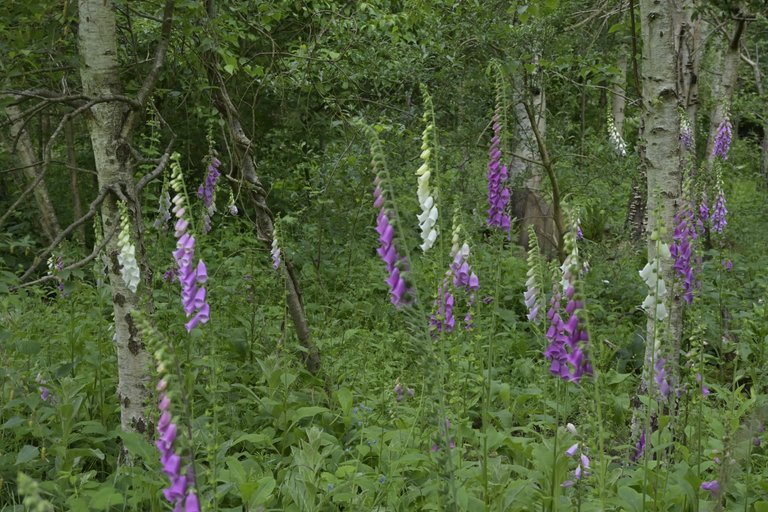
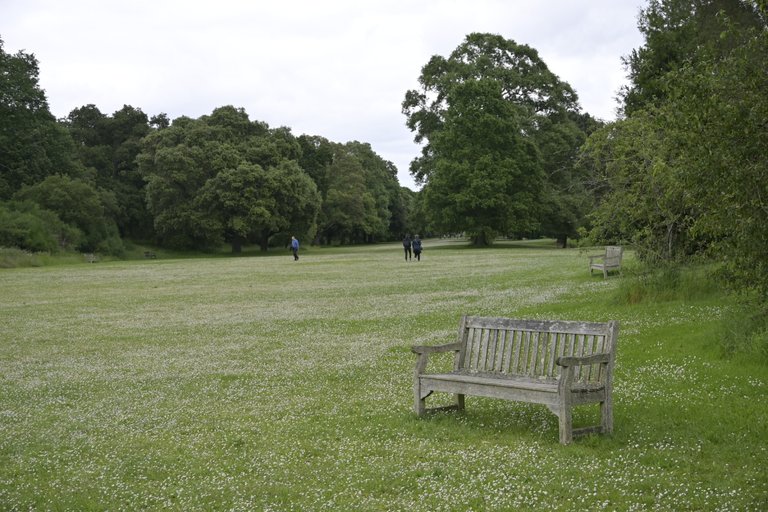
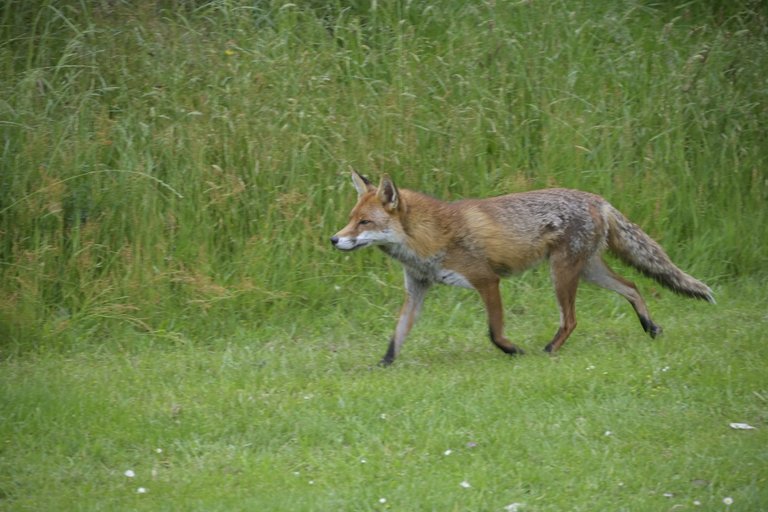
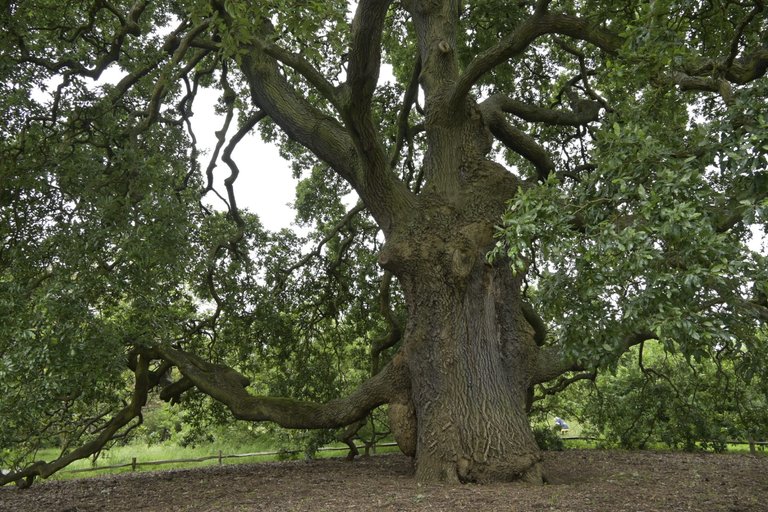

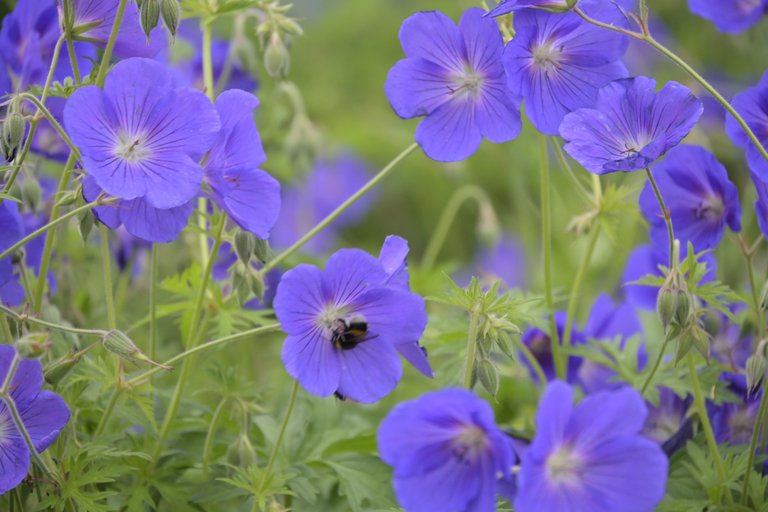
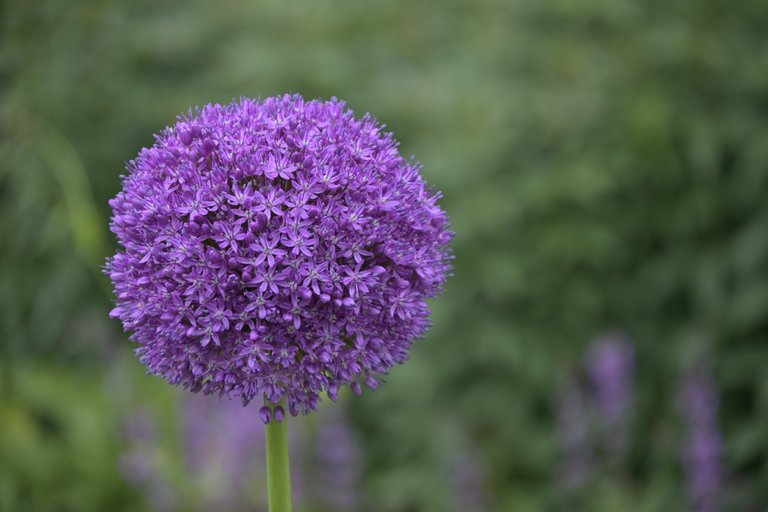
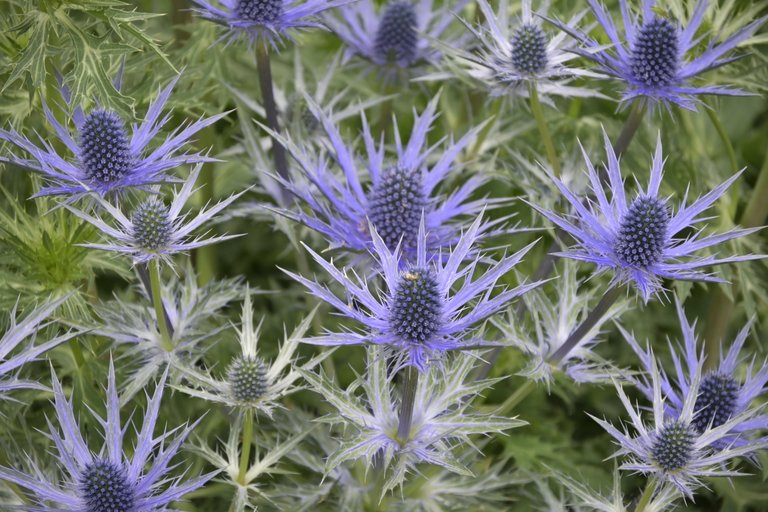
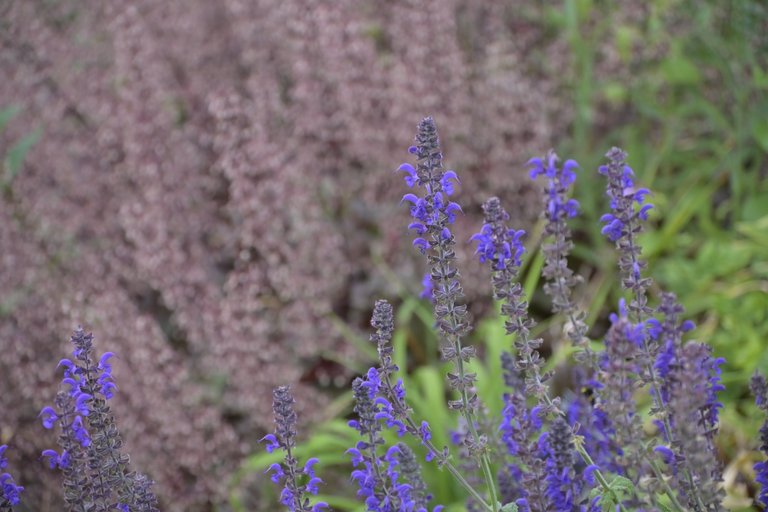
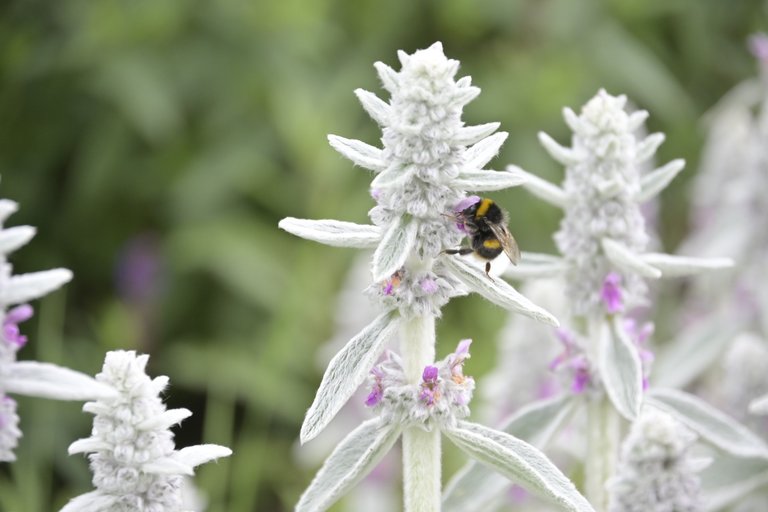
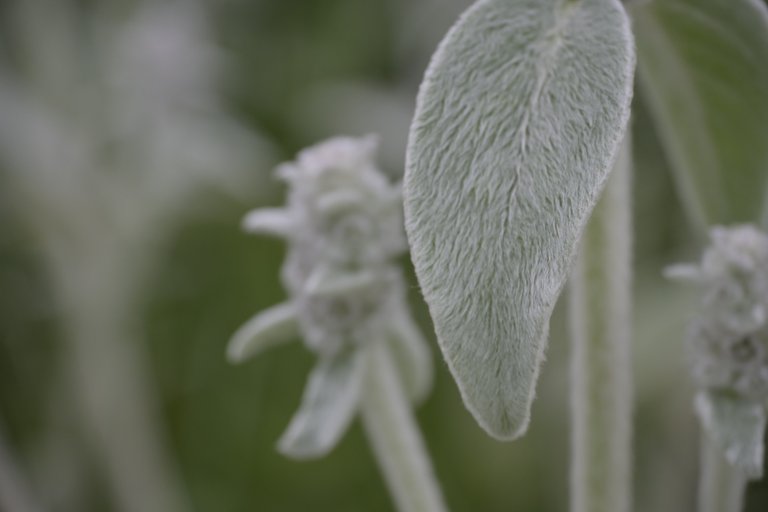
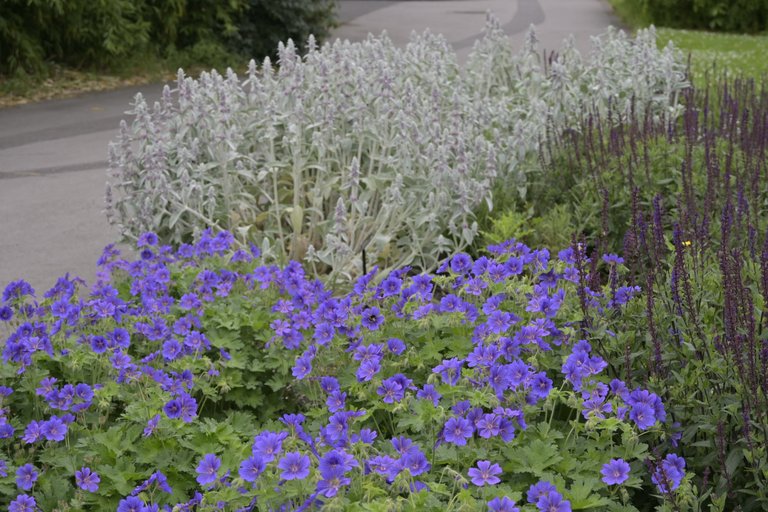
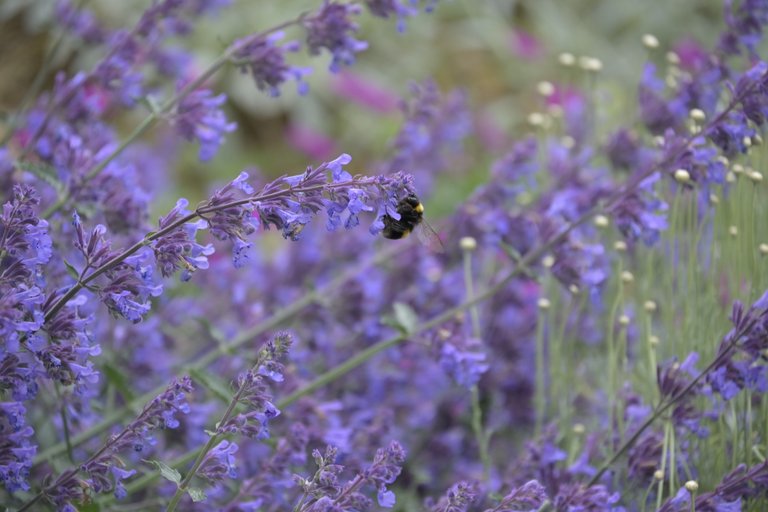
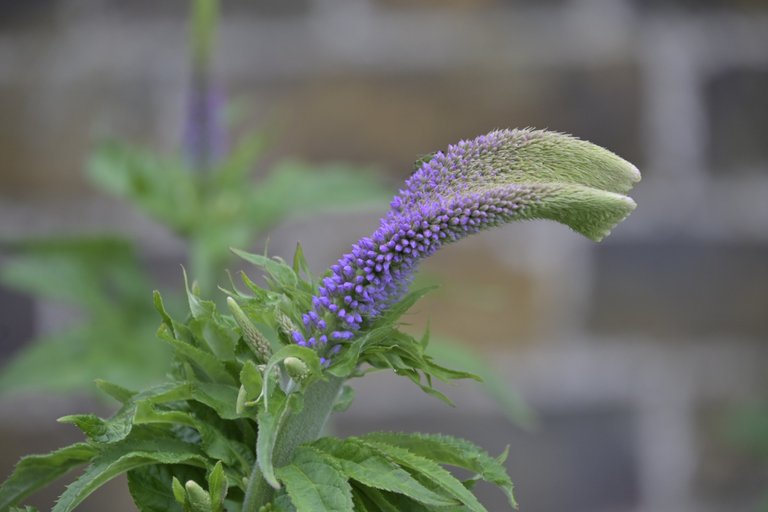

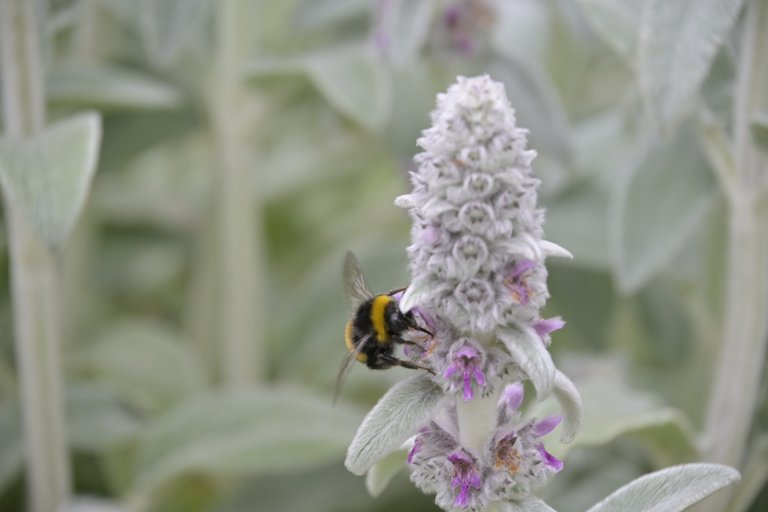
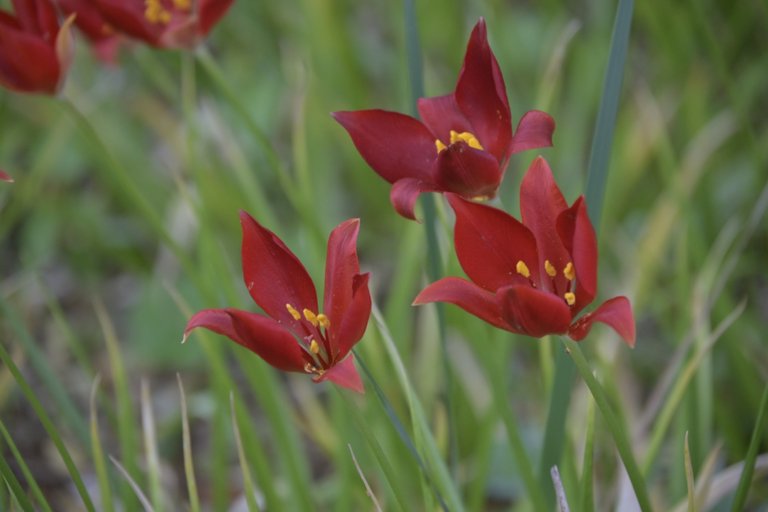
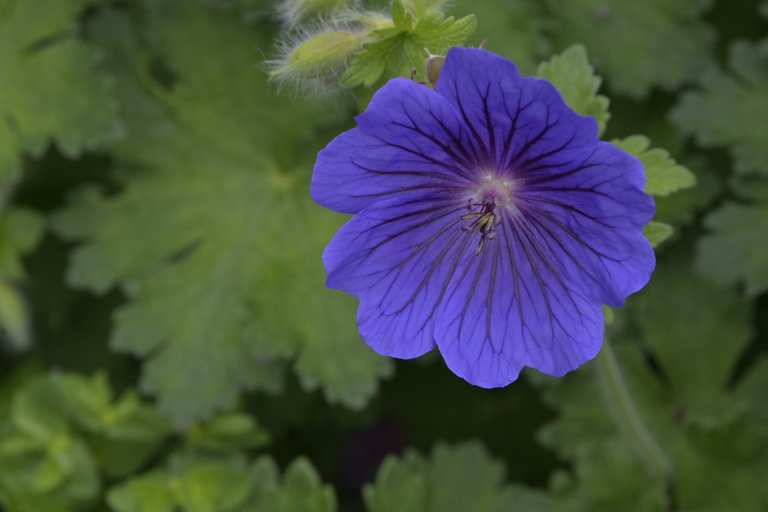
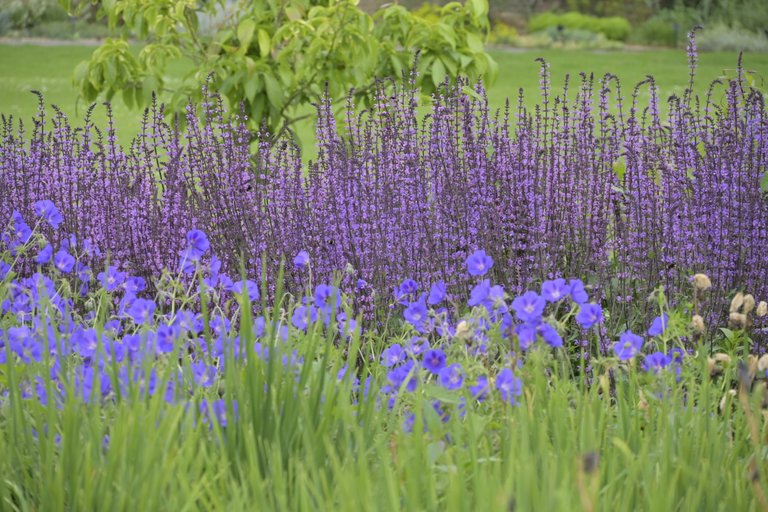

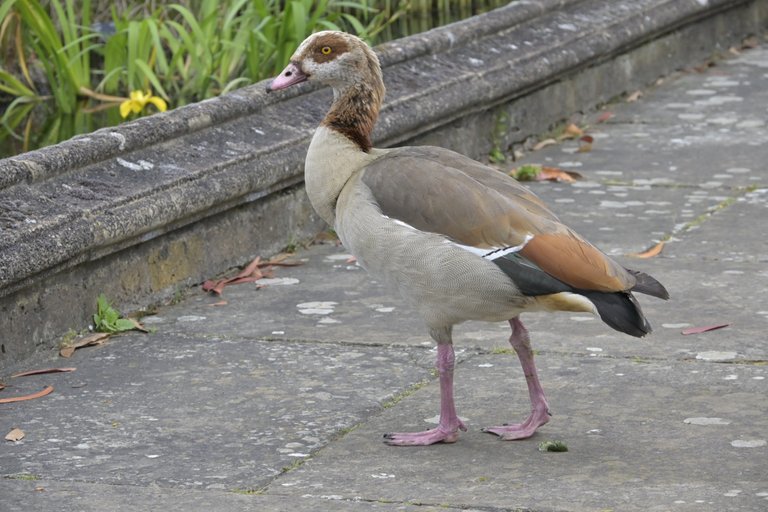
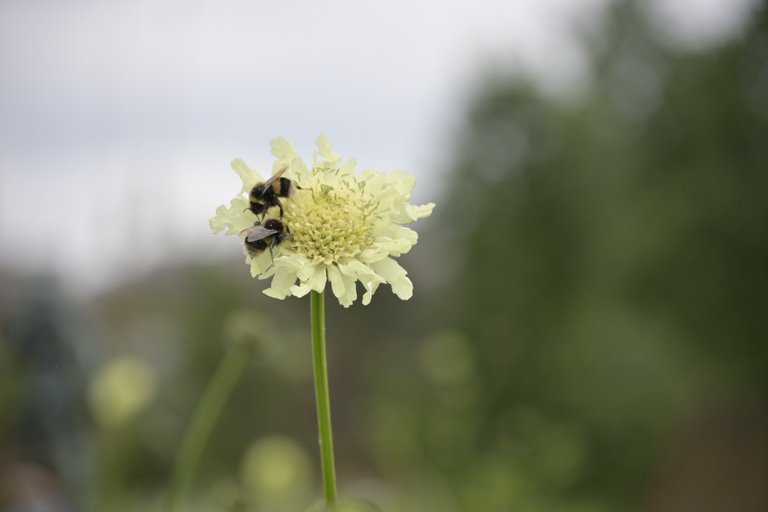
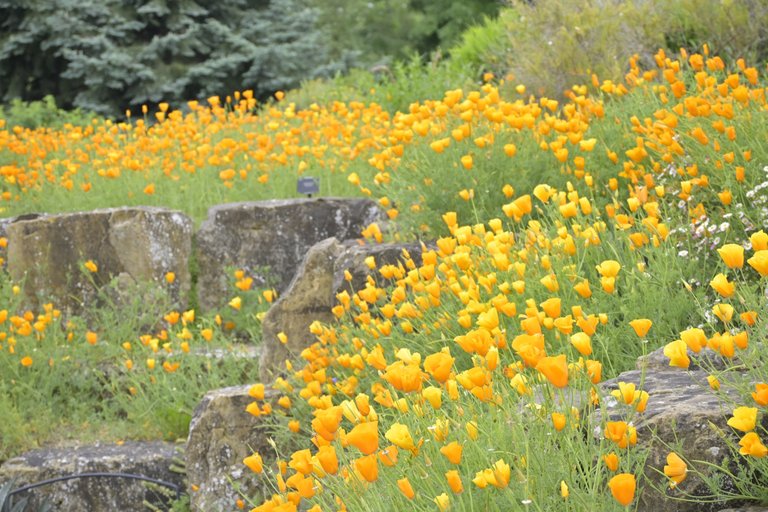
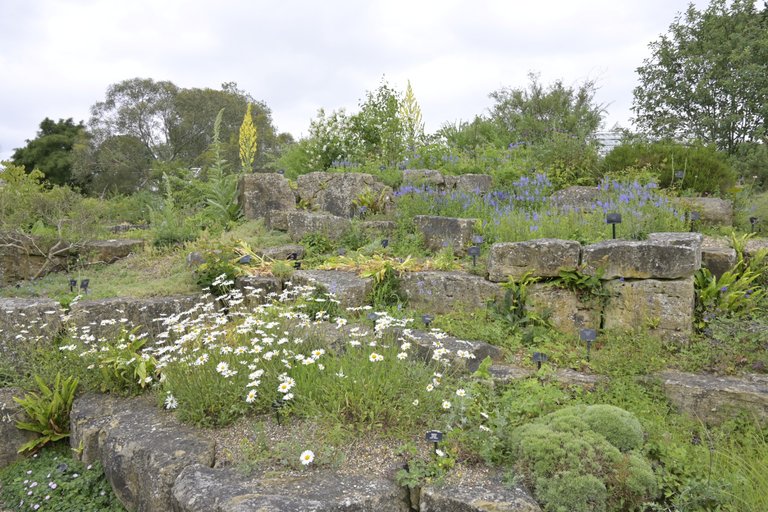
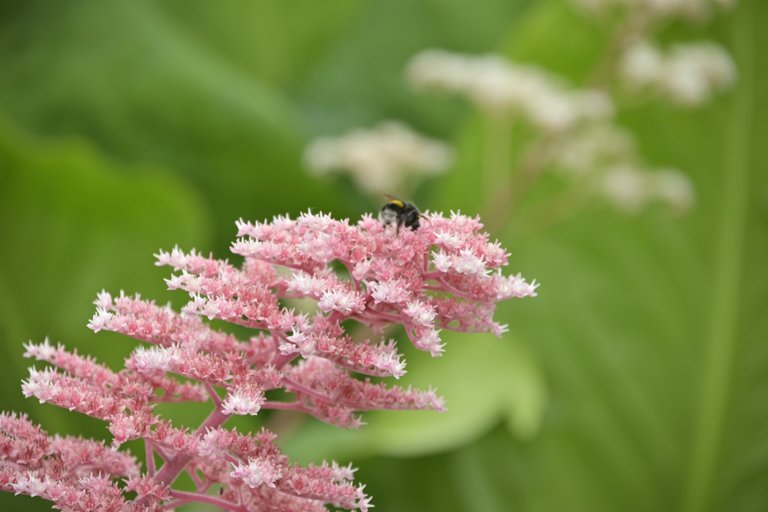
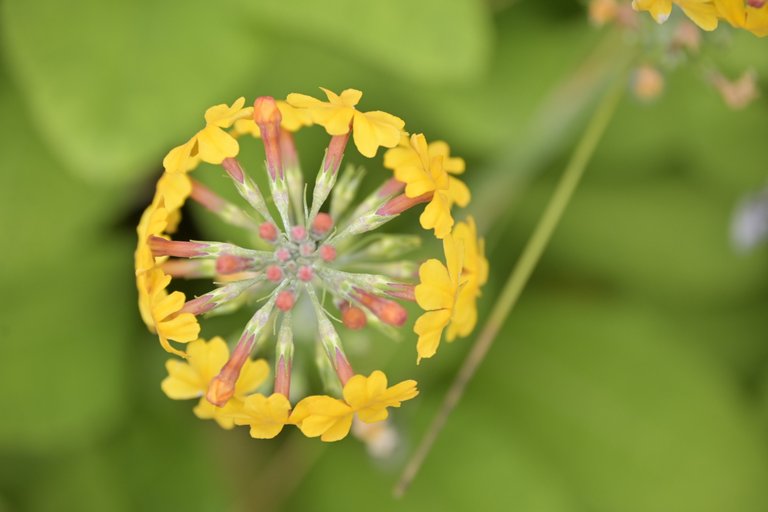

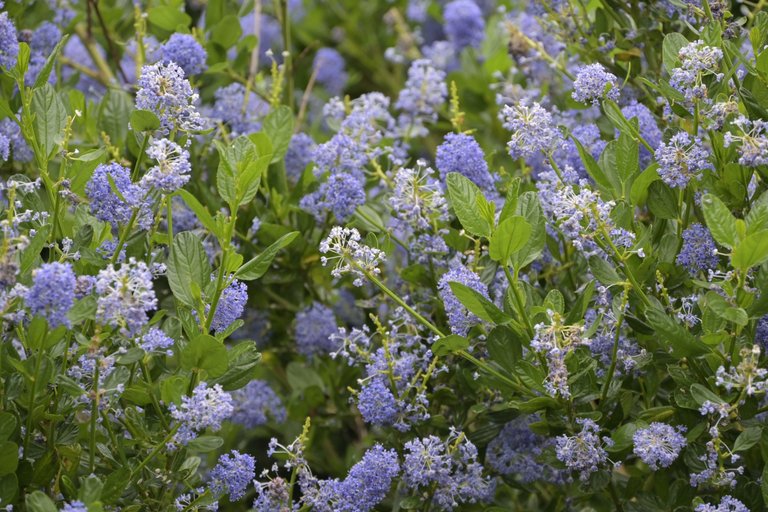
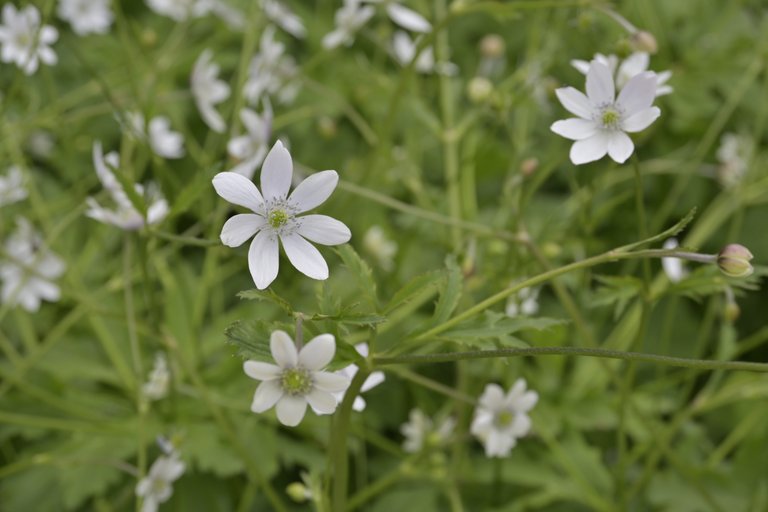
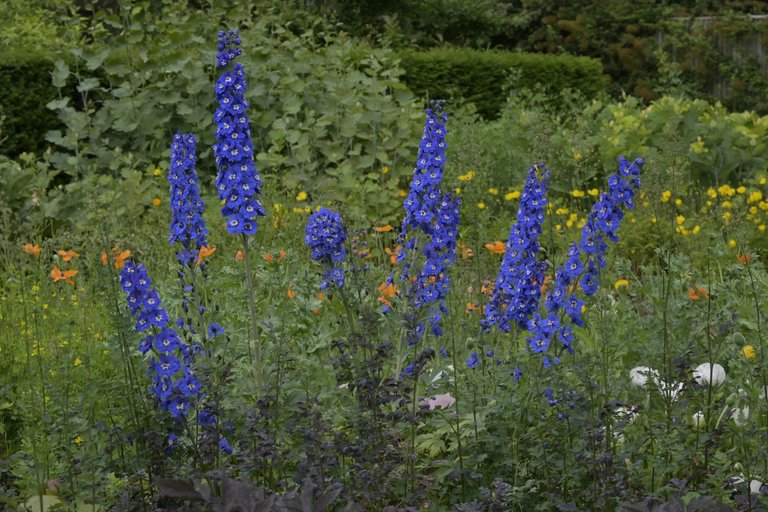
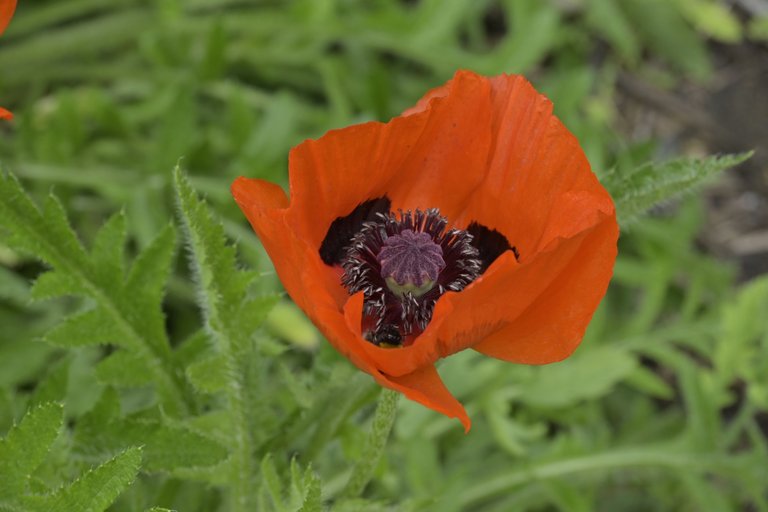
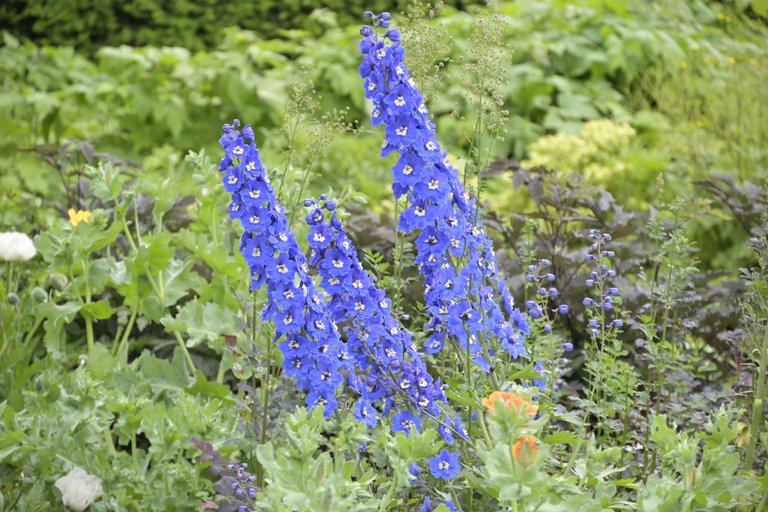
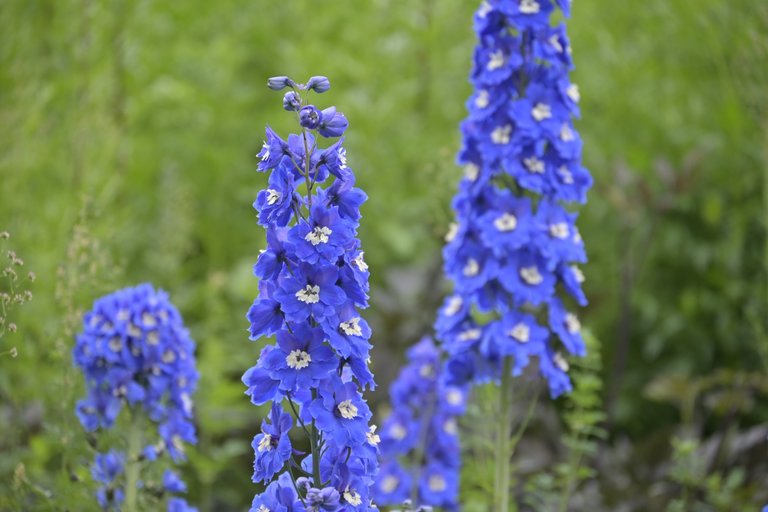
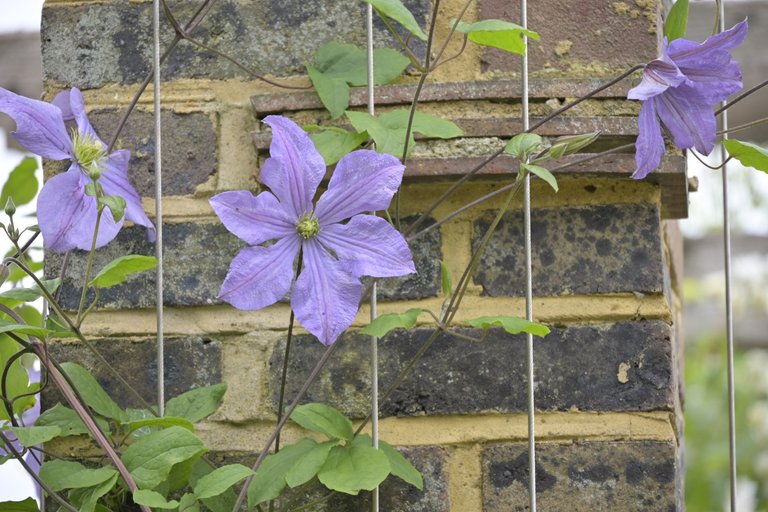
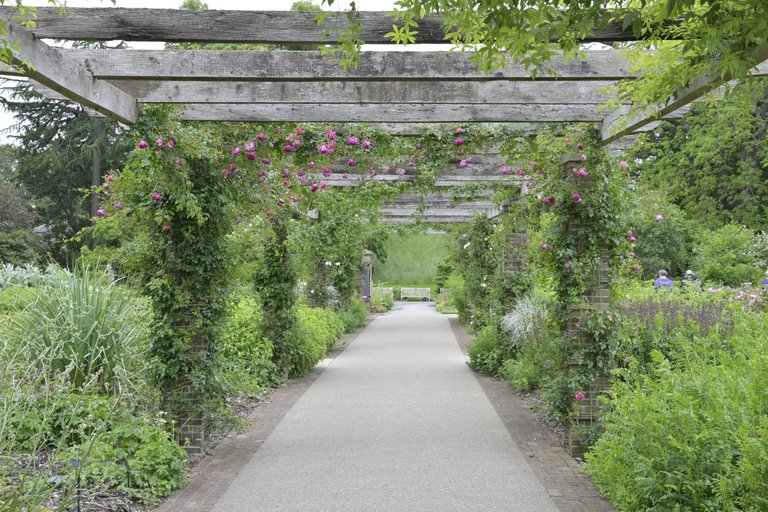


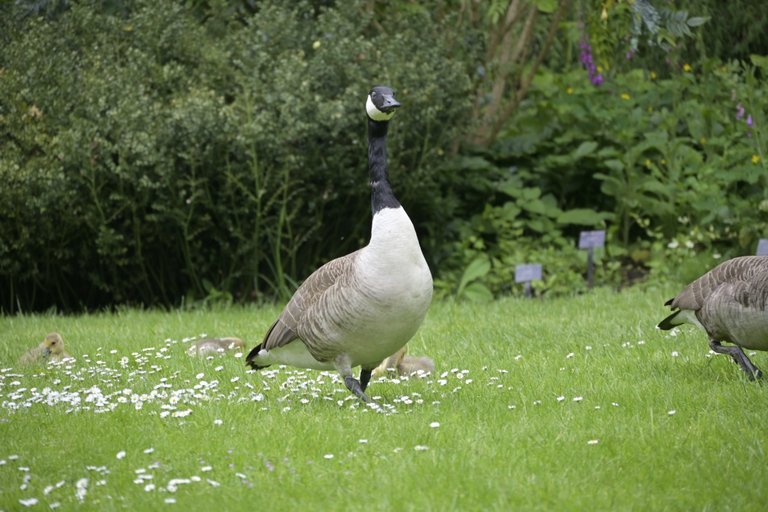
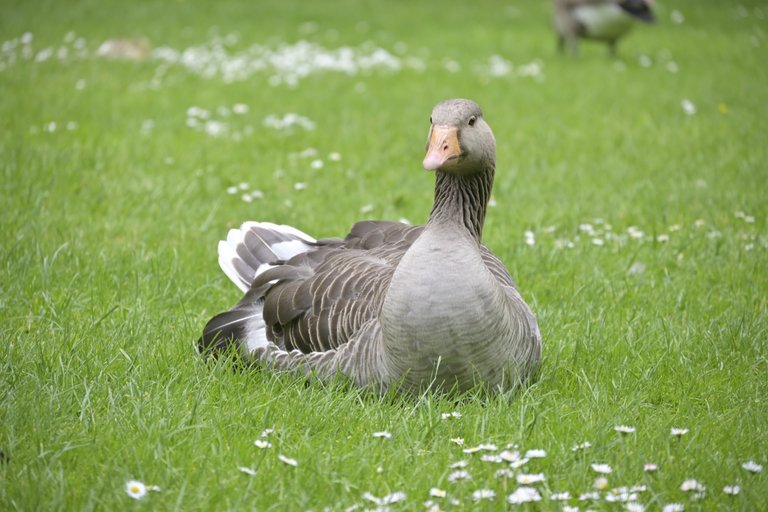
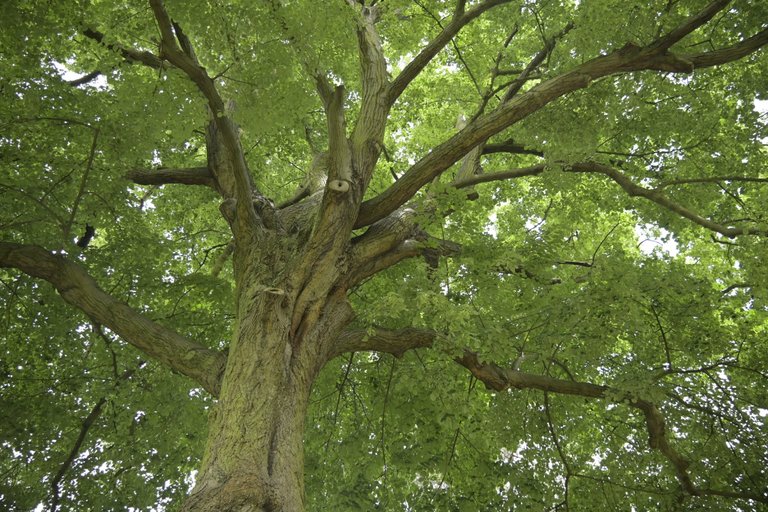
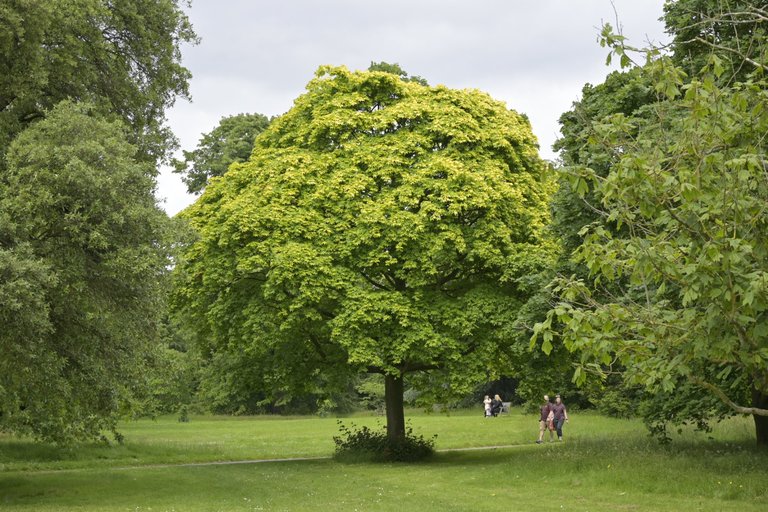
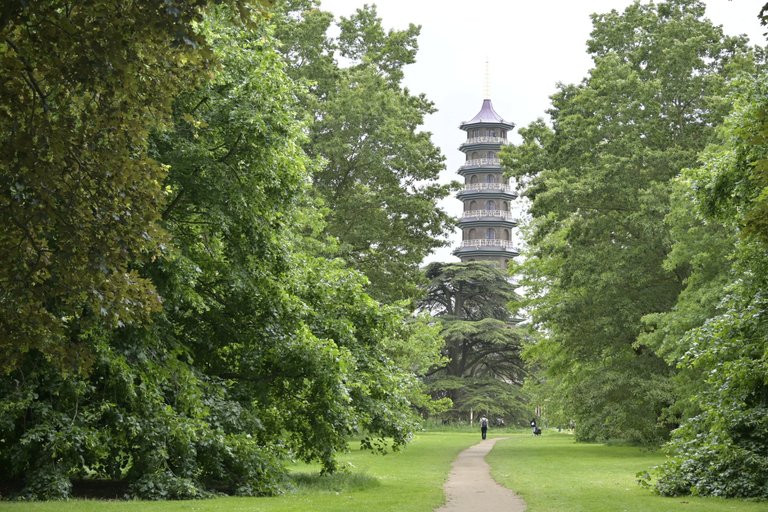
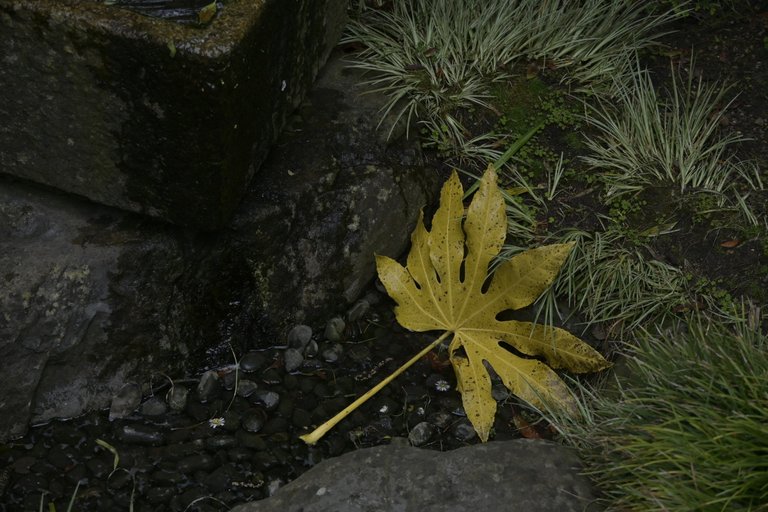
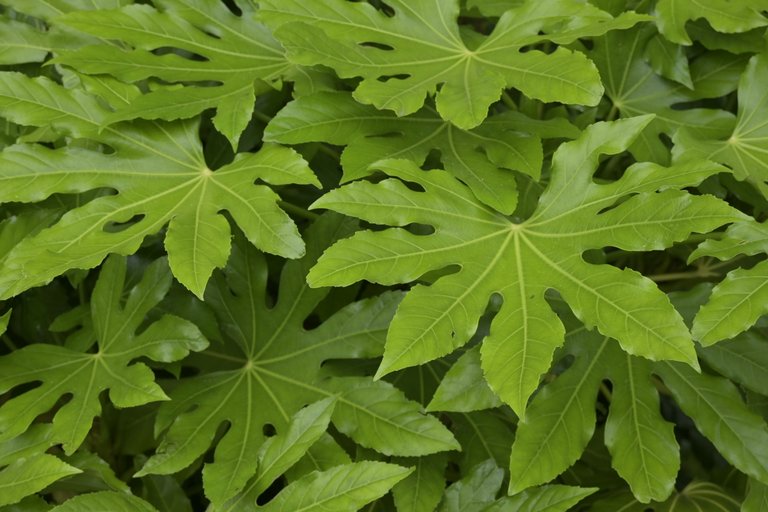
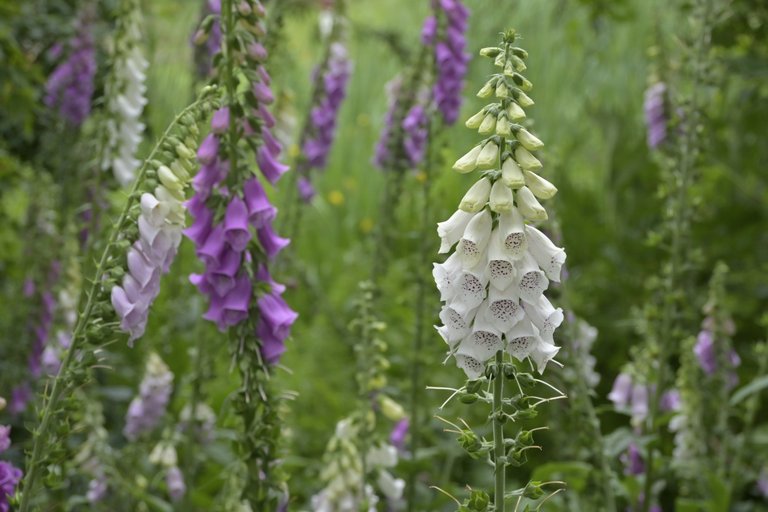
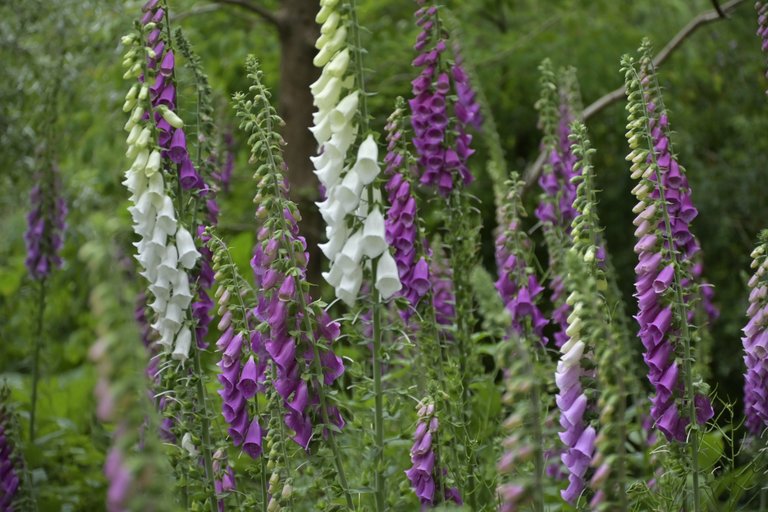
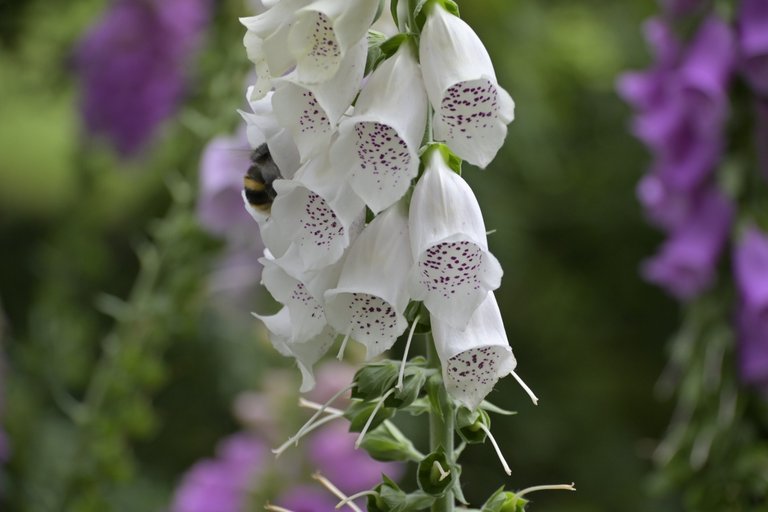
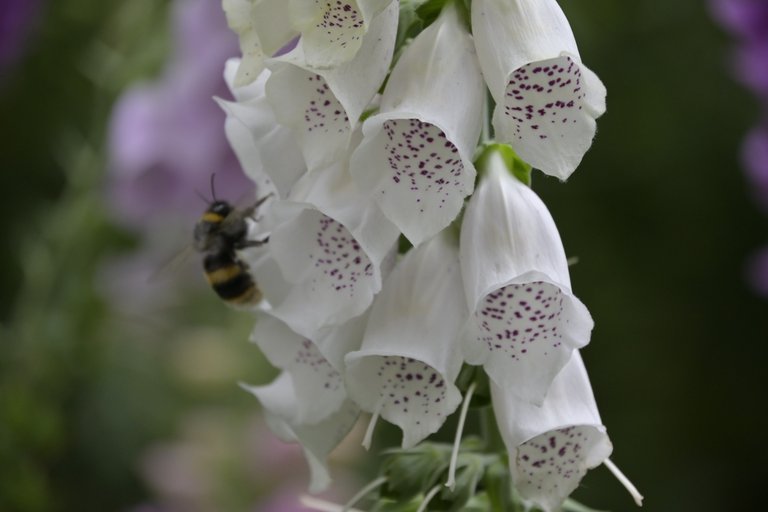
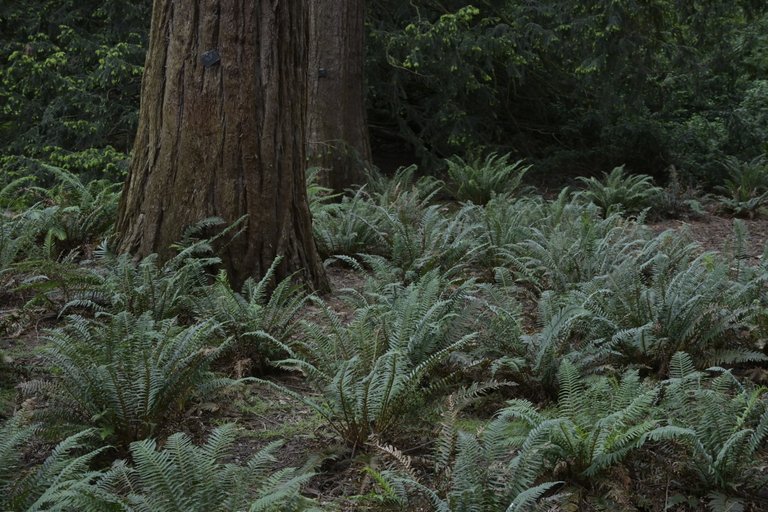
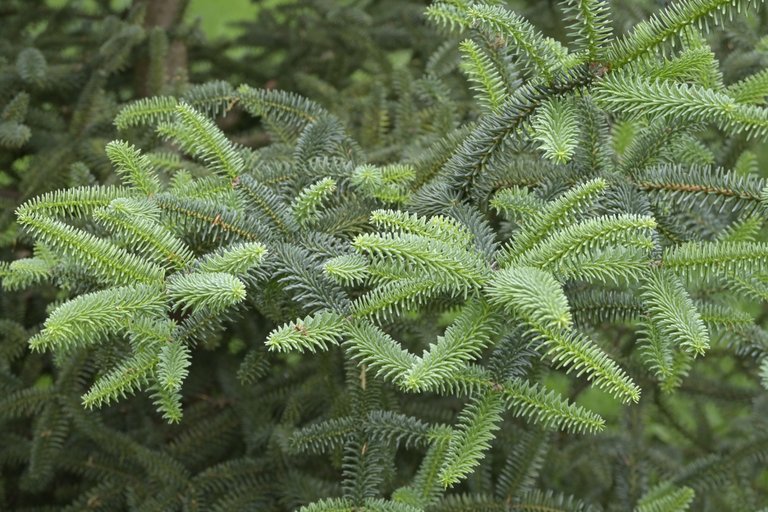
Omg your photos of the flowers are amazing 🤩🤩
Congratulations, your post has been added to the TravelFeed Map! 🎉🥳🌴
Did you know you have your own profile map?
And every post has their own map too!
Want to have your post on the map too?
- Go to TravelFeed Map
- Click the create pin button
- Drag the marker to where your post should be. Zoom in if needed or use the search bar (top right).
- Copy and paste the generated code in your post (any Hive frontend)
- Or login with Hive Keychain or Hivesigner and click "create post" to post to Hive directly from TravelFeed
- Congrats, your post is now on the map!
PS: You can import your previous Pinmapple posts to the TravelFeed map.Opt Out
Congratulations, your post has been added to WorldMapPin! 🎉
Did you know you have your own profile map?
And every post has their own map too!
Want to have your post on the map too?
Congratulations @olusiu! You received the biggest smile and some love from TravelFeed! Keep up the amazing blog. 😍
Thanks for using TravelFeed!
@for91days (TravelFeed team)
PS: Have you joined our Discord yet? This is where over 1000 members of the TravelFeed come together to chat. Join us!
Hiya, @ybanezkim26 here, just swinging by to let you know that this post made it into our Honorable Mentions in Travel Digest #2267.
Your post has been manually curated by the @worldmappin team. If you like what we're doing, please drop by to check out all the rest of today's great posts and consider supporting other authors like yourself and us so we can keep the project going!
Become part of our travel community: